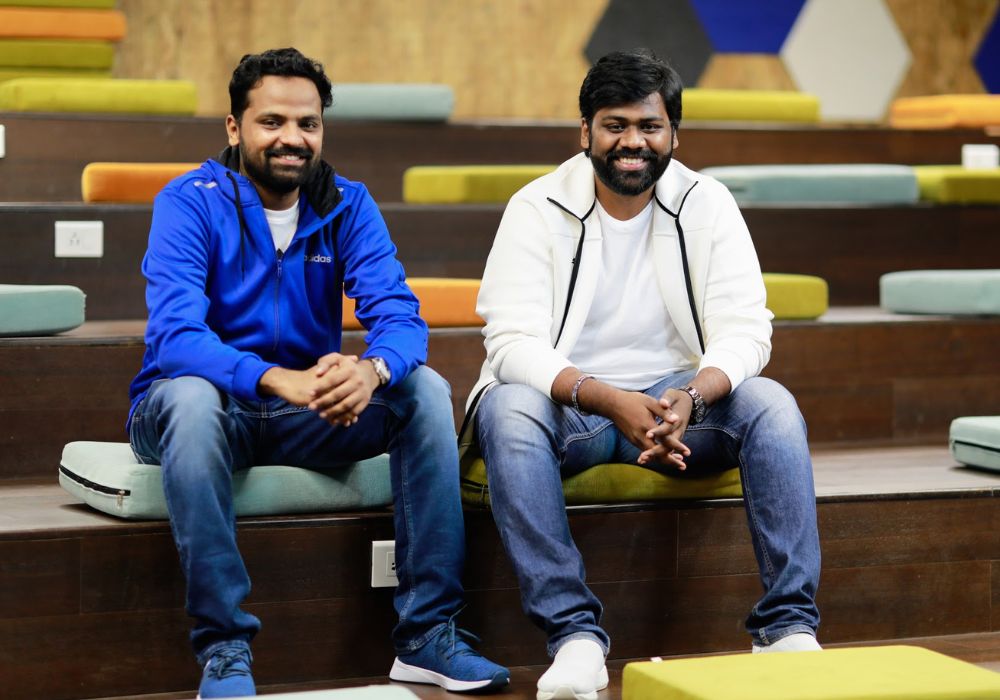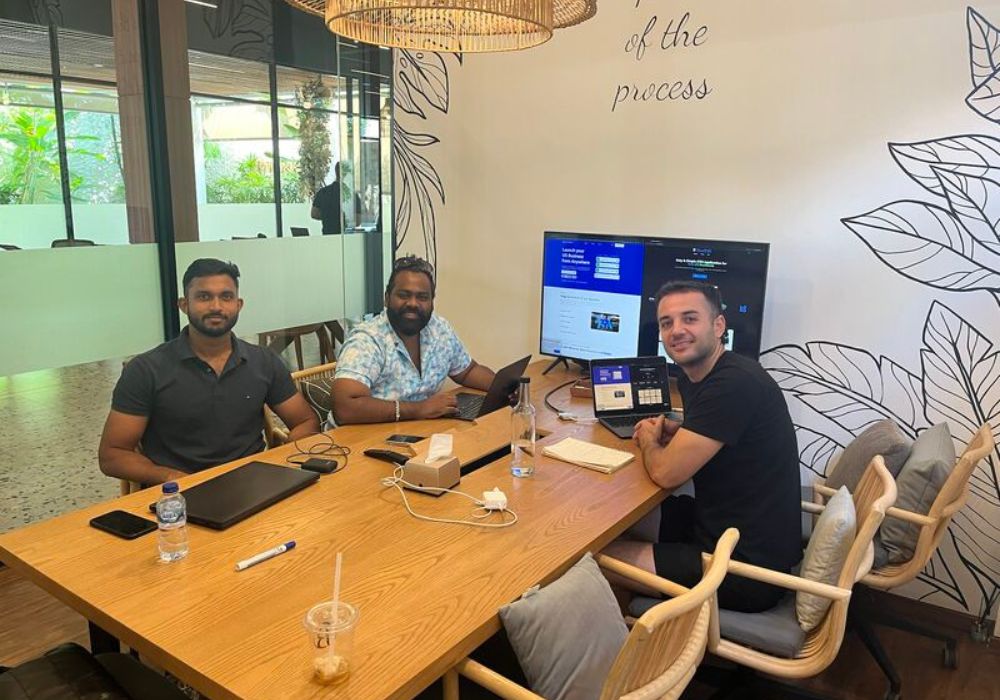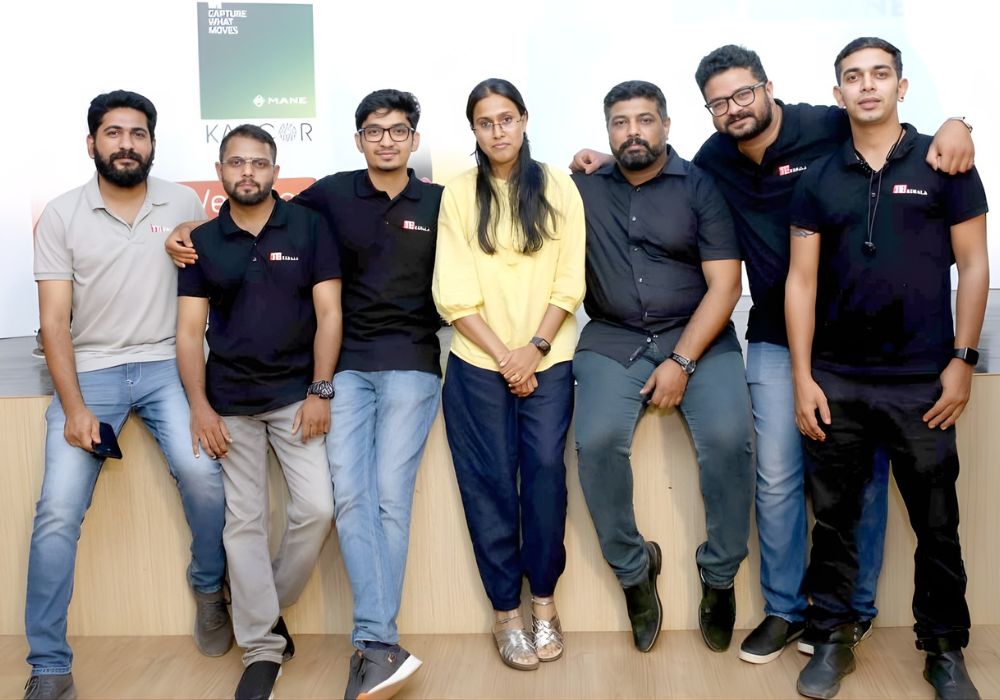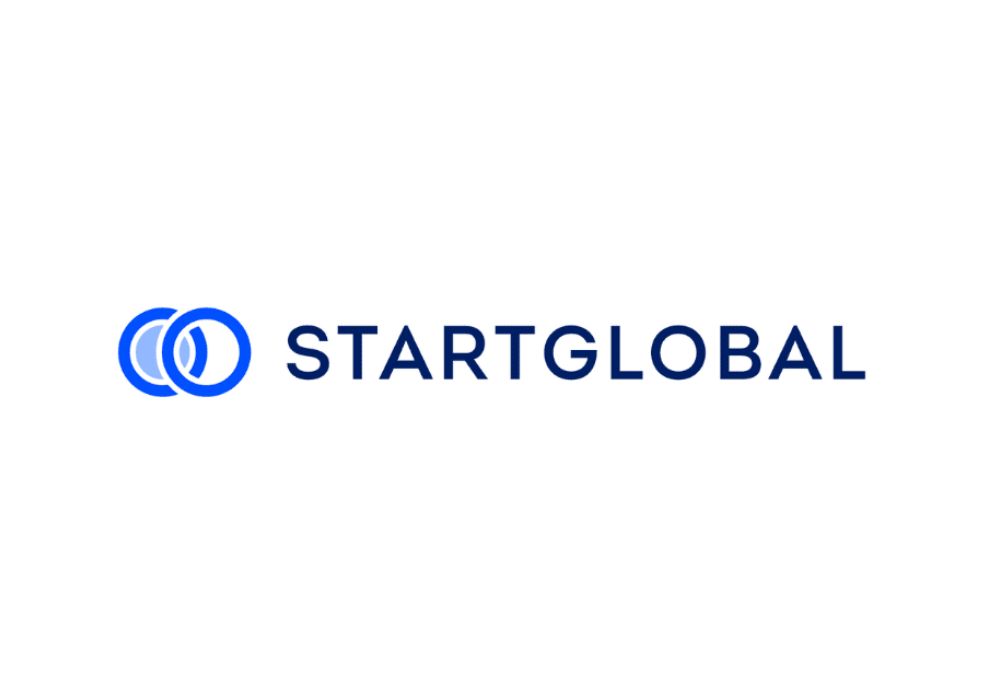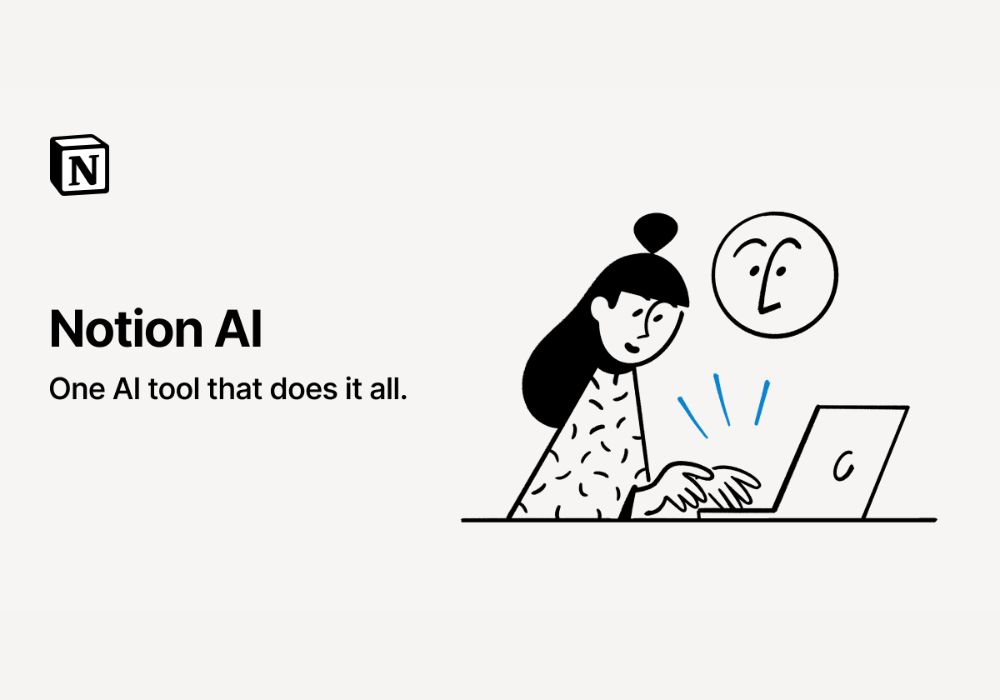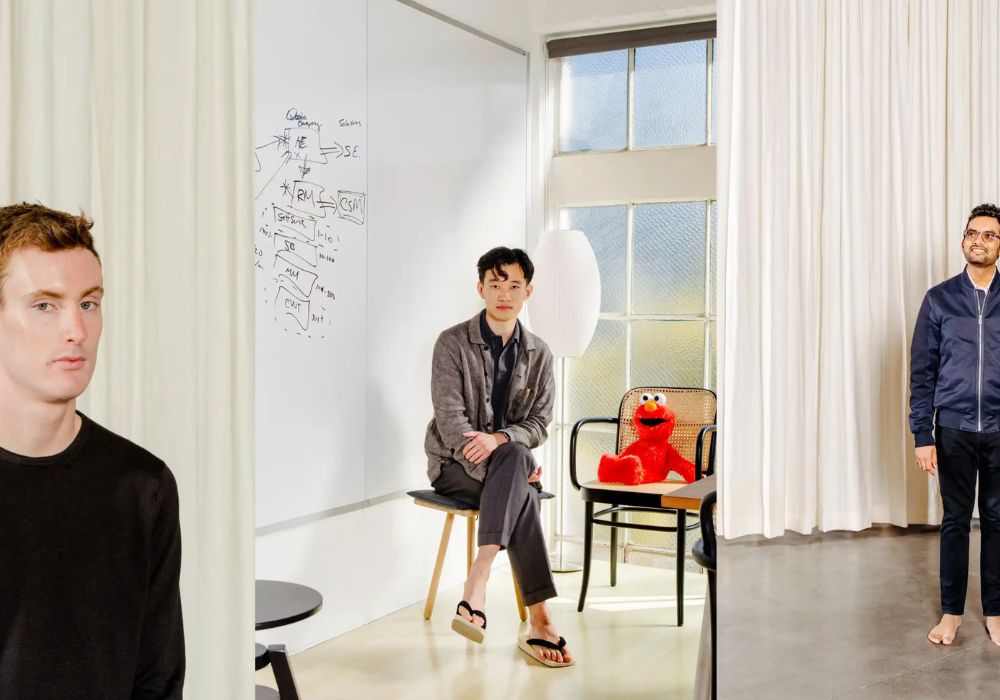It was November 2015, and Sahil Lavingia had to fire everyone. This was a pivotal moment that led to a reevaluation of the Gumroad business model.
He stood before his small, tight-knit team—the people who had bled with him to build Gumroad—and dismantled his own dream. One by one, he let them go. The office lease was terminated. The venture capital fairy tale was over. He was a 23-year-old CEO who had raised $8.1 million from the world’s top investors, and now he was a company of one.
The tech press, which had once celebrated him as a wunderkind, now wrote his obituary. “Gumroad is failing,” they declared.
But as the last employee walked out, a different sound emerged from the ashes: a quiet, steady cha-ching. A sale of a digital product. Then another. The platform wasn’t dead. The creators—the illustrators, writers, course instructors, and musicians—were still there, still earning. In that moment of profound failure, Sahil discovered a radical new purpose: not to build a billion-dollar unicorn for VCs, but to build a sustainable, simple, and powerful engine for the creative middle class.
This is the story of how that “failure” became a quiet revolution.
continue reading




